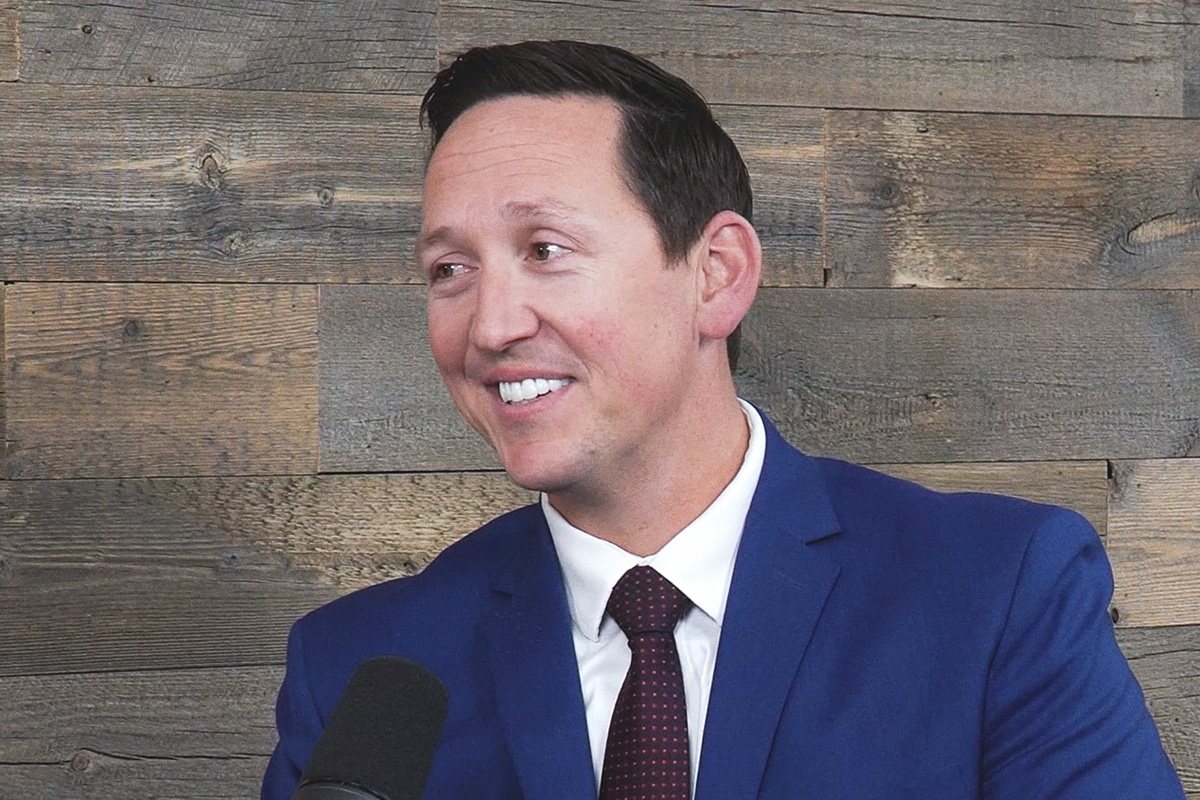
Retirement: Your Investment Options
According to research, the median retirement account balance in the U.S. is $87,000. Unfortunately, for most retirees, that will only cover two or three years of expenses. But it's not just about saving more—it's about saving smarter by choosing the right retirement tool for your situation.
You’ve already started saving, but have you taken a look at your 401(k) or IRA lately? It’s possible that the plan you chose five years ago (or more!) isn’t the best option to align with your current financial goals.Here are some common ways to grow your nest egg:
-
Employer-sponsored 401(k)—Arguably the most popular option, contributing to this plan is one of the easiest ways to set aside pre-tax dollars for retirement. It’s particularly appealing if your employer offers a company match—free money! Each plan has a range of options to consider, including how to diversify your investments and the level of risk assumed with each portfolio.
-
Traditional IRA—A Traditional IRA is a tax-advantaged retirement savings account that allows you to potentially deduct your contributions from your taxable income in the year you make them, depending on your income and access to a workplace retirement plan. The money grows tax-deferred, meaning you won't pay taxes on investment gains until you make a withdrawal. You must begin taking the required minimum distributions at age 73, which are taxed as ordinary income.
-
Roth IRA—A Roth IRA works opposite to a Traditional IRA as far as taxes are concerned. You contribute money that has already been taxed with no upfront deduction, but your money grows completely tax-free and qualified withdrawals in retirement are also tax-free. While income limits do apply, there are no required minimum distributions during your lifetime, and you can withdraw your contributions anytime without penalty once you are at least 59½ years old.
-
Mutual funds, annuities or individual stocks and bonds—These choices can help you work toward your retirement goals individually or in conjunction with other savings options. Given the complexity of navigating these various investment vehicles, each with different risk profiles, tax implications and potential returns, consulting with a qualified financial advisor can help develop a personalized strategy that aligns with your specific retirement timeline, risk tolerance and financial goal.
The path to a secure retirement isn't one-size-fits-all, and the strategies that worked for you in the past may not be optimal for where you are today. Take time to review your current retirement accounts, then ask yourself these questions:
-
Am I getting my full employer match?
-
Could I benefit from the tax advantages of a Traditional or Roth IRA?
-
Is my investment strategy still appropriate for my age and goals?
Related Articles

How to Start Your Retirement Journey | Guiding You Forward
